|
|
Types of Weather
Weather type 11 - Sun
Sunny weather or clear skies is defined as less than 1/8 sky cloud cover. Mostly sunny skies is characterized by 1/8 - 2/8 sky cloud cover. Sunny skies many times are observed when a high pressure area is dominating the weather pattern. High pressure signifies a region of sinking air which tends to dry out the atmosphere resulting in less mositure to form clouds. Deserts are locations with sunny or mostly sunny skies due to high pressure systems influencing the weather pattern much of the year.
 
Weather type 12 - Thunderstorm
Thunderstorms are cumulonimbus clouds that produce thunder and lightning. Discover more about thunderstorms here. Thunderstorm photographs courtesy of NOAA / NSSL and Rich Johnson.
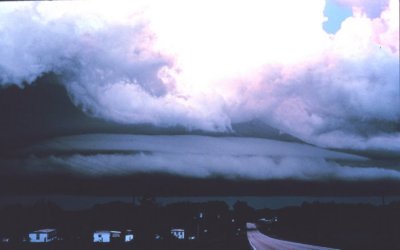 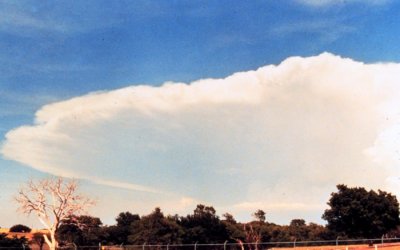
Weather type 13 - Tornado
A tornado is a violently rotating column of air usually produced by severe thunderstorms. For much more about tornadoes, check out our tornadoes page. Tornado photographs courtesy of Jim Reed. jimreedphoto.com
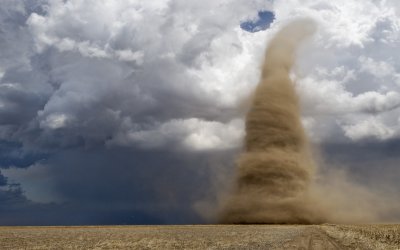 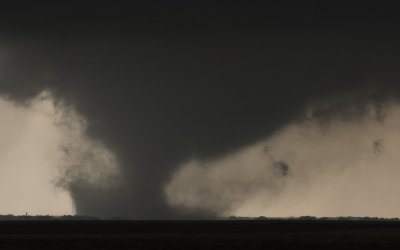
Weather type 14 - Wind
Wind is air in motion in the atmosphere. Windy weather is caused by an imbalance of heating in the atmosphere. It can be caused from an imbalance from solar heating or a difference over a boundary such as a front. The uneven heating generates an unbalanced pressure field. Air from a high pressure area flows toward a region of low pressure to balance the pressure field. A wind vane points to the direction from where the wind is blowing from and an anemometer measures how fast the wind is blowing. The strongest surface wind gust was 253 mph on Australia's Barrow Island during Cyclone Olivia in 1996. The previous wind record was 231 mph set on top of Mount Washington, New Hampshire on April 12, 1934. Photographs courtesy of Rich Johnson and the Sydney Morning Herald.
 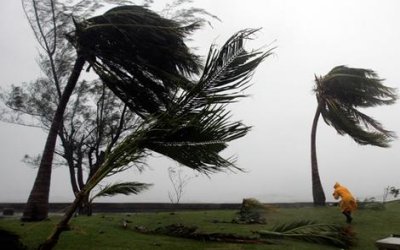
Back to clouds, fog, hail.
Back to lightning, rain, snow.
|
|
|